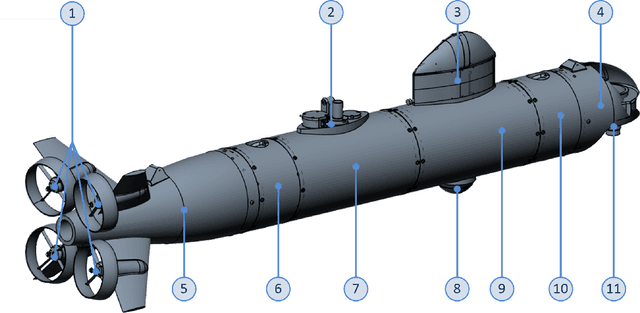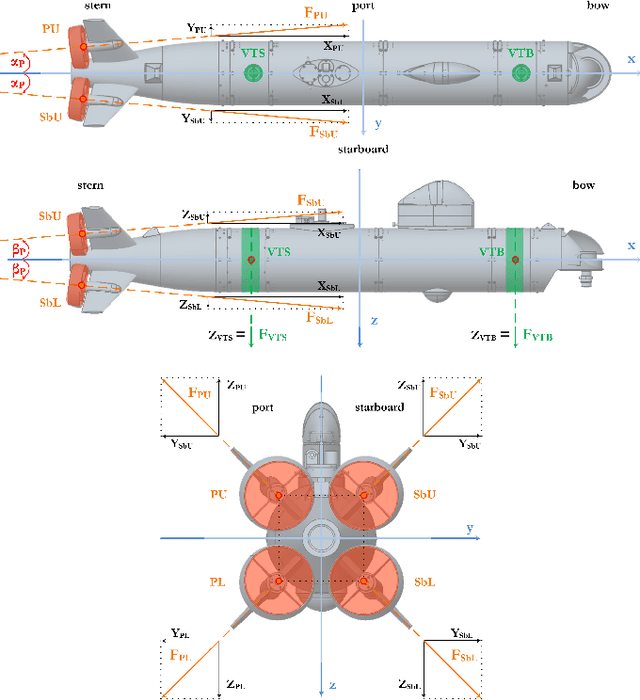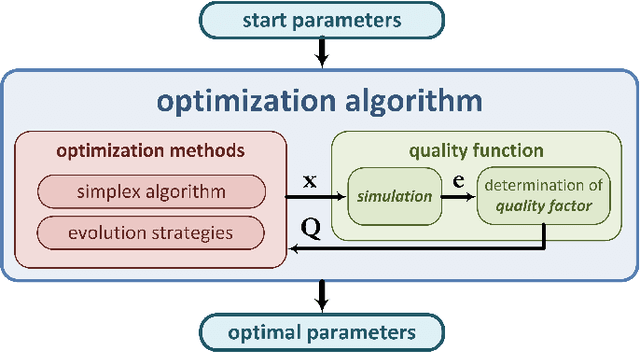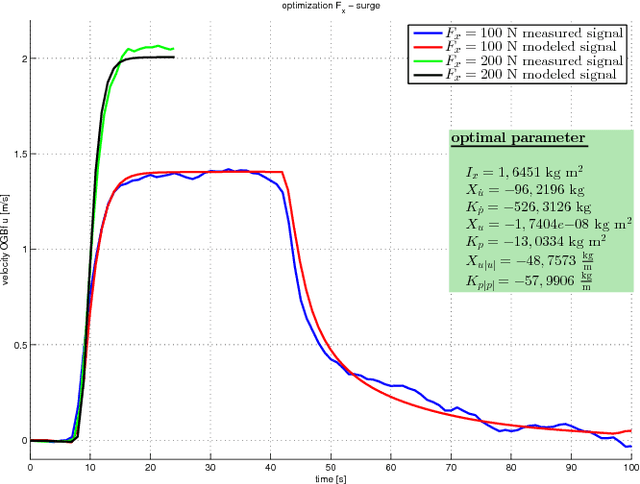Marco Jacobi
SeaShark: Towards a Modular Multi-Purpose Man-Portable AUV
Sep 12, 2020



Abstract:In this work, we present the SeaShark AUV: a modular, easily configurable, one-man portable micro-AUV. The SeaShark AUV is conceived as modular parts that fit around a central main tube, which holds battery and other vital parts. The head unit comprises easy exhangeable, stackable, and 360 degree rotatable payload sections to quickly obtain a suitable configuration for many objectives. We employ navigation no better than dead reckoning or relative navigation with respect to some well-known structure, and thus aim at underwater activities that do not require highly accurate geo-referenced data-points. Operating the SeaShark AUV requires only the vehicle itself and a tablet for mission planning and post-mission review. We have built several complete SeaShark systems and have begun exploring the many possibilities and use-cases in both research and commercial use. Here we present a comprehensive overview and introduction to our AUV and operation principles, and further show data examples for experimental operations for shore-to-sea bio-habitat mapping and in-harbor wall and pier inspection
Model Identification and Controller Parameter Optimization for an Autopilot Design for Autonomous Underwater Vehicles
Jul 10, 2017



Abstract:Nowadays an accurate modeling of the system to be controlled is essential for reliable autopilot. This paper presents a non-linear model of the autonomous underwater vehicle 'CWolf'. Matrices and the corresponding coefficients generate a parameterized representation for added mass, Coriolis and centripetal forces, damping, gravity and buoyancy, using the equations of motion, for all six degrees of freedom. The determination of actuator behaviour by surge tests allows the conversion of propeller revolutions to the respective forces and moments. Based on geometric approximations, the coefficients of the model can be specified by optimization algorithms in 'open loop' sea trials. The realistic model is the basis for the subsequent design of the autopilot. The reference variables used in the four decoupled adaptive PID controllers for surge, heading, pitch and heave are provided a 'Line of Sight' - guidance system. A constraint criteria optimization determines the required controller parameters. The verification by 'closed loop' sea trials ensures the results.
Modular AUV System for Sea Water Quality Monitoring and Management
Feb 26, 2017



Abstract:The sustained and cost-effective monitoring of the water quality within European coastal areas is of growing importance in view of the upcoming European marine and maritime directives, i.e. the increased industrial use of the marine environment. Such monitoring needs mechanisms/systems to detect the water quality in a large sea area at different depths in real time. This paper presents a system for the automated detection and analysis of water quality parameters using an autonomous underwater vehicle. The analysis of discharge of nitrate into Norwegian fjords near aqua farms is one of the main application fields of this AUV system. As carrier platform the AUV "CWolf" from the Fraunhofer IOSB-AST will be used, which is perfectly suited through its modular payload concept. The mission Task and the integration of the payload unit which includes the sensor module, the scientific and measurement computer in the AUV carrier platform will be described. Few practice oriented information about the software and interface concept, the function of the several software modules and the test platform with the several test levels to test every module will be discussed.
 Add to Chrome
Add to Chrome Add to Firefox
Add to Firefox Add to Edge
Add to Edge